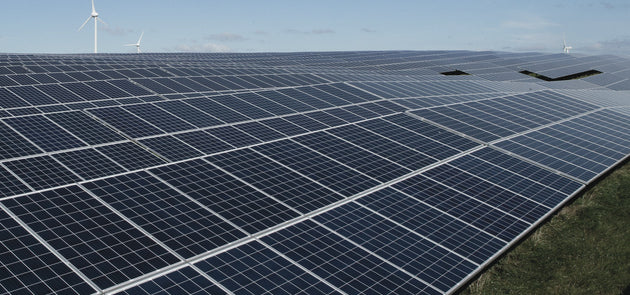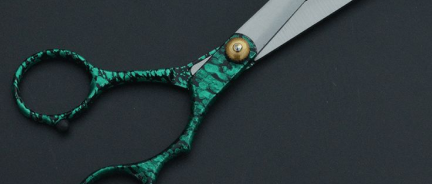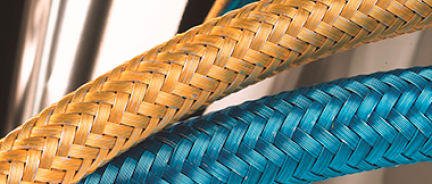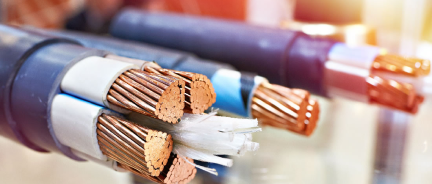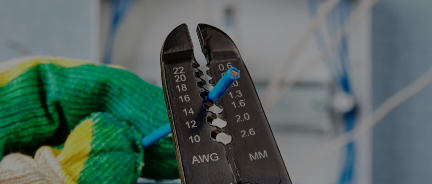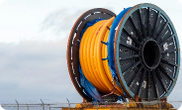NEC Conduit Fill Chart
A standard NEC conduit fill chart is based on Chapter 9, Table 1 and Annex C of the National Electrical Code (NEC). It shows the maximum number of conductors allowed in different conduit types at the 40% fill limit (the standard for more than 2 conductors).
A conduit fill chart shows the maximum number of wires you can safely run through different types and sizes of electrical conduit while staying compliant with the National Electrical Code (NEC).
It’s based on two key things:
-
The outer diameter of the conductor (wire size + insulation type)
-
The inner diameter of the conduit (EMT, IMC, or RMC)
This particular chart focuses on THHN / THWN copper conductors, the most commonly used wires in commercial and residential applications, and assumes the standard 40% fill limit for three or more conductors per NEC Chapter 9, Table 1.
Conduit fill is an important number to consider because overfilling the conduit can:
-
Make wire pulling difficult or impossible
-
Cause overheating due to a lack of airflow
-
Violate code and fail inspection
Understanding Conduit Fill Percentages
The NEC sets strict rules for how much space inside a conduit can be occupied by conductors. These rules are summarised in Chapter 9, Table 1, and are based on the number of conductors:
These limits are based on the cross-sectional area of the wires and ensure there is enough room for heat to dissipate and for wires to be installed or replaced without damage.

How to Use This Chart
-
Find your conduit type (EMT, IMC, or GALV = RMC)
-
Look up your trade size (e.g., ¾", 1", 2")
-
Choose your conductor size (e.g., 12 AWG, 4/0)
-
Read the maximum number of wires allowed in that combination

Common Questions (with Answers)
Why are there different values for EMT, IMC, and GALV?
Each conduit type has a different wall thickness, which affects how much space is available inside.
-
EMT (Electrical Metallic Tubing) has thinner walls, so it has more fill space
-
IMC (Intermediate Metal Conduit) is thicker
-
GALV/RMC (Rigid Metal Conduit) is thickest, leaving the least space for conductors
Why is the limit 40%?
Per NEC Chapter 9, Table 1, when you're running three or more conductors, the total cross-sectional area of the wires must not exceed 40% of the conduit’s internal area.
If you're running only 1 or 2 wires, the allowed fill increases to 53% or 31% respectively.
What does AWG and kcmil mean?
These are the different measures of the conductor's diameter:
-
AWG (American Wire Gauge): Used for wire sizes up to 4 AWG
-
kcmil (kilo circular mils): Used for larger conductors (250, 350, 500, etc.)
Both measure the conductor’s diameter, which determines how much space it takes up in the conduit.
Does insulation type matter?
Yes. This chart is for THHN/THWN insulation with a specific outer diameter.
If you’re using larger insulation types like XHHW-2, the conductor will take up more space, and your fill count will be lower, so you'll need a different chart (Annex C includes those too).
Can I run mixed wire sizes?
If you’re mixing wire sizes or using more than one insulation type, you’ll need to calculate conduit fill manually using:
-
NEC Chapter 9, Table 5 & Table 4 (for individual wire and conduit areas)
-
Or use a conduit fill calculator like Southwire’s or Mike Holt’s tool.
This chart is only for cases where all conductors are the same size and insulation type.
Is this chart based on the latest NEC?
Yes. This chart is based on Annex C of the 2023 NEC, and the conductor fill values for THHN/THWN copper conductors have remained unchanged since the 2017 edition.
If all of the conductors are not of the same size, refer to NEC Conduit Fill Calculator to determine what is the allowed conduit fill for your electrical project. NNC offer excellent prices for THHN THWN-2, the type of electrical cable featured in this chart.





